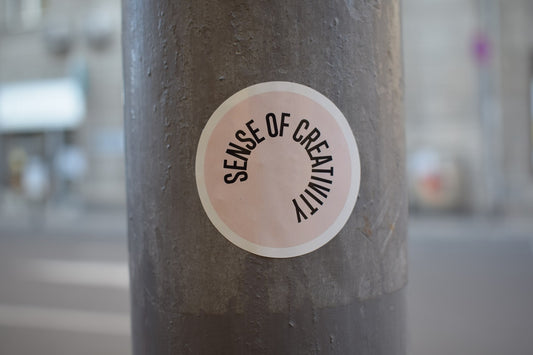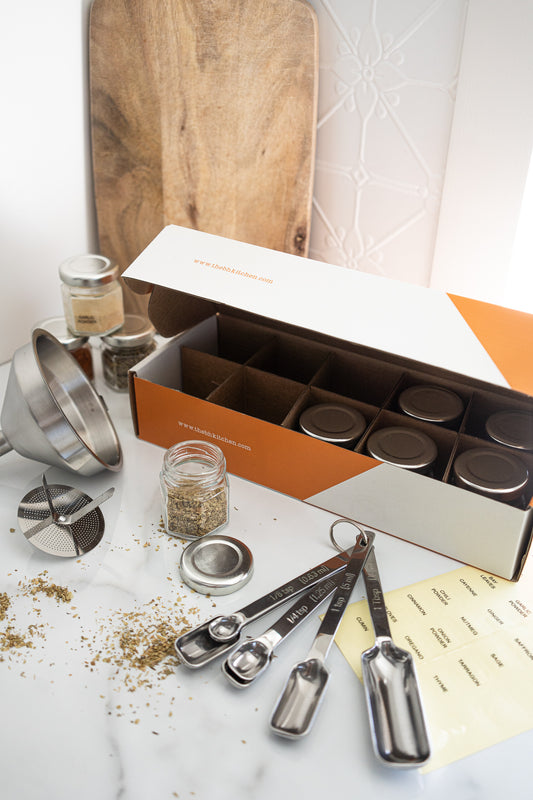
Herbs often require sun and warmth to grow, but many types of herbs also thrive in shade. Whether you're growing herbs on a balcony or in the garden, there are plenty of herbs that can be grown in shaded locations. With careful consideration for your local climate and soil conditions, you can create an herbaceous oasis even if you don't have full sunlight all day.
For those gardeners looking to add some flavour to their shady spaces, parsley is a great option as it grows well with limited light. If you’re looking for something more aromatic, try chives or mint - both of these herbs can tolerate partial shade while still producing flavorful leaves and flowers. Sage is another herb that will thrive in shady areas; it produces strong-smelling foliage when grown in partial shade and requires minimal pruning.
Parsley
Parsley is an herb that can thrive in shady spots, making it a great choice for those with limited sun exposure. This hardy plant grows best during cooler months, such as winter and spring, and can even survive the frost. With minimal care, you can cultivate parsley year-round in your backyard or garden.
Parsley likes moist but not overly wet soil and does best in partial shade rather than direct sunlight. To ensure proper growth, water your parsley plants every few days during drier seasons such as summer or fall. Once established, parsley can tolerate more neglect than other herbs that need lots of sunlight to grow properly.
The leaves of the parsley plant are widely used for cooking and garnishing dishes from all around the world.
Chives
When it comes to herbs that can thrive in shady areas, chives are a great option for gardeners. Chives are a member of the onion family and produce fragrant pale purple flowers that can be used as an edible garnish or to add flavour to salads and other dishes. Chives are easy to cultivate, making them ideal for those who want to create a lush herb garden without having to spend much time or effort on their plants.
Chives require little maintenance; they need moist soil and adequate drainage but will grow in partial shade and even full shade if conditions allow. When planting chives, make sure they receive at least four hours of direct sunlight each day, otherwise they may not survive the winter months when temperatures drop significantly.
Cilantro
When it comes to herbs that can grow in shaded areas, cilantro is a must-have. This popular herb is an essential ingredient in many cuisines around the world and its hardy nature makes it ideal for growing in areas with less direct sunlight. Cilantro has a variety of uses, from adding flavour to dishes to garnishing salads and soups. It also has medicinal properties that can help relieve digestive issues and boost immunity.
To grow cilantro, choose an area with partial shade for optimal growth. The soil should be well-drained and kept moist; however, be careful not to over water as this could lead to root rot or other fungal diseases. Cilantro grows best when temperatures are between 65°F - 75°F (18°C - 24°C).
Oregano
Oregano is a herb that can be grown in both sunny and shady patches of the garden. It is a hardy plant, so it's ideal for growing in less than optimal conditions. Oregano requires little maintenance and provides several culinary benefits. This herb, also known as wild marjoram, has been used for centuries to season dishes with its unique flavour profile.
The leaves of the oregano plant have a strong aroma and taste when dried or fresh; it exhibits an herbal-like aroma with touches of pepper and balsam. When growing oregano, you should remember that this herb thrives best in well-drained soil with plenty of organic matter; however, it also does very well in dry areas with partial to full shade. In addition, oregano will benefit from regular watering during dry spells throughout the year.
Thyme
Thyme is a classic herb that has been used for centuries in cooking, perfumery, and medicine. It's also one of the most popular herbs to grow in shade. Thyme is not just an excellent culinary herb - it also adds beauty to a garden with its attractive foliage and fragrant flowers. Not only does thyme do well in full-sun or partial shade, but it can even thrive in areas of deep shade.
The main thing you'll need for growing thyme is well-draining soil; especially if the area experiences heavy rainfall or persistent dampness. Once established, thyme requires very little maintenance other than regular watering during dry periods and pruning back after flowering, which keeps plants bushy and promotes more leaf growth for harvest
Mint
Mint is one of the most popular herbs used in cooking and medicinal remedies, with a wide range of varieties – ranging from peppermint to spearmint. Rich in flavour and aroma, mint can be grown both indoors and outdoors, making it an easy herb to add to any garden. Though many varieties of mint are tolerant of direct sunlight, some types do best when planted in shade.
If you’re looking for an herb that thrives in shadier spots, there are several mint varieties that will fit the bill perfectly. From chocolate to orange mints, each type has its own subtle flavour profile that makes it great for culinary use or adding a unique twist to teas and beverages. The more sun-sensitive varieties also require less water than those grown in full sun so you won't need to worry about over-watering them.
Conclusion: Shade Garden Herbs
A shade garden can be a great way to add some colour and flavour to your outdoor space. Growing herbs in the shade is easier than you think, and there are many options that will thrive with just a few hours of sunlight each day. From parsley and basil to chives and oregano, these herbs can not only provide fresh flavours for your cooking but also add visual interest in the garden.
The key to success with growing herbs in the shade is selecting varieties that are suited for low light conditions. Before buying any plants it’s important to read up on their ideal requirements so you make sure they will be successful in your garden. Once planted, make sure they get enough moisture by watering regularly, especially during dry periods or when temperatures are high. By taking these simple steps you can enjoy an abundance of shade loving herbs all season long!



